While the world has almost become habituated in dealing with the coronavirus pandemic and find it to be excruciating no more, the pledge to reaffirm the commitment to reducing emissions in order to check the greenhouse warming, commonly known as 'climate emergency', is gradually taking its place.
The term is once again in news after New Zealand, last week, declared a climate emergency, with Prime Minister Jacinda Ardern telling parliament that the symbolic gesture is "an acknowledgement of the next generation".
Members of parliament voted 76-43 in favour of the motion on Wednesday, joining 32 other countries that have previously sounded the same level of alert on the climate change.
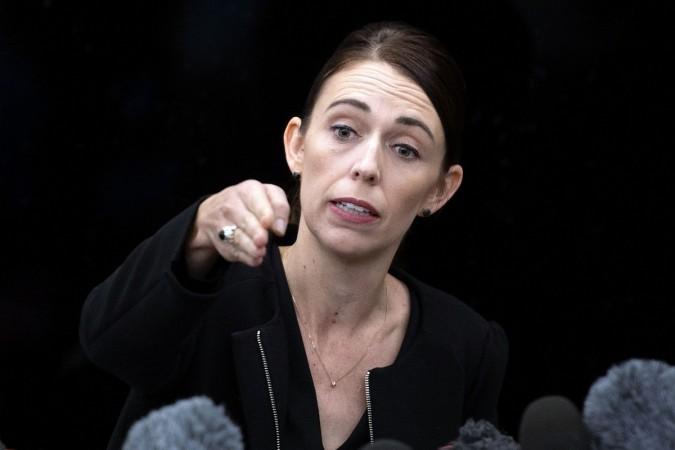
The pledge reaffirms New Zealand's commitment to reducing carbon emissions for keeping global warming to no more than 1.5 degrees, and recognises "the devastating impact that volatile and extreme weather will have on the country and the wellbeing of its people, the primary industries, water availability and public health through flooding, sea-level rise and wildfire damage".
Speaking in the parliament, Ardern said, the climate crisis is "instinctual, it is tangible, it is real" for the next generation. "It is about the country they will inherit," she said.
"It's about the burden of debt they will inherit unless we make sure that we demonstrate leadership on this issue," Arden added.

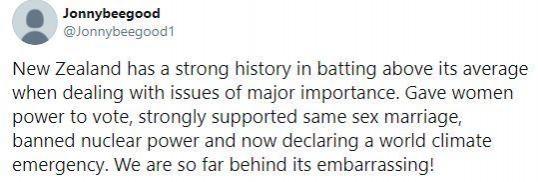


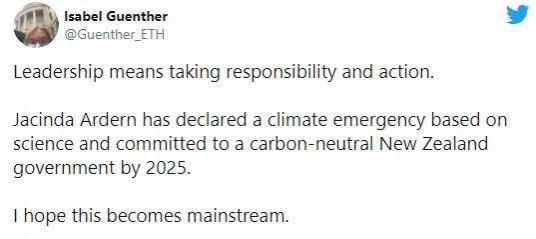
What is climate emergency?
The term "climate emergency" was first coined in 2016 by the campaigners behind a Climate Emergency Declaration petition in Australia. The first declaration on climate emergency by any government in the world was put forward by a councillor in Darebin city in Melbourne, Australia. Climate emergency was declared in the city in December 2016.
The first government declaration calls for setting priorities to mitigate climate change, as the next step prior to ultimately entering a state of emergency or equivalent.
In declaring a climate emergency, a government admits that climate change (or global warming) exists and that the measures taken up to that time are not enough to limit the changes brought by it. The decision stresses the need for the government and administration to devise measures that try and stop human-caused global warming.
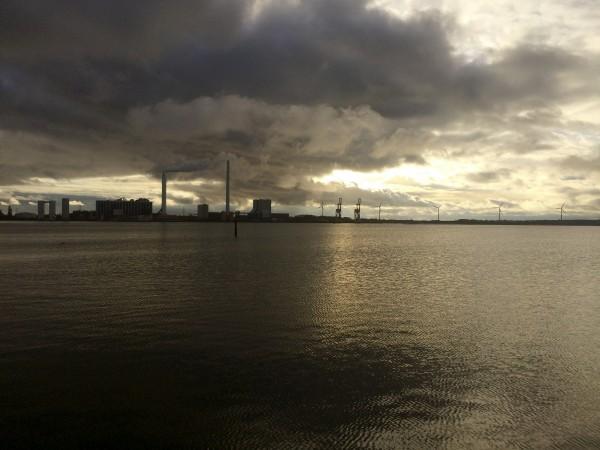
The declarations can be made on different levels, for example at a national or local government level, and they can differ in depth and detail in their guidelines. The term climate emergency does not only describe formal decisions, but also includes actions to avert climate breakdown. This is supposed to justify and focus them. The specific term "emergency" is used to assign priority to the topic, and to generate a mindset of urgency.
The term "climate emergency" has been promoted by climate activists and pro-climate action politicians to add a sense of urgency for responding to a long-term problem. Over 1,800 local governments in 33 countries have made climate emergency declarations since December 2016.
How Kiwis will cut greenhouse emissions
The climate emergency declaration in New Zealand notes the "devastating impact" that volatile climate will have on the country, as well as the "alarming trend in species decline".
Under the declaration, the New Zealand government has promised that its public sector will achieve carbon neutrality by 2025. The government agencies in the nation will now have to measure and report emissions and offset any they can't cut by 2025.
The programme also includes an immediate focus on phasing out the largest and most active coal boilers and reducing the size of the car fleet and purchasing more electric or hybrid vehicles. The government will also set a green standard for public sector buildings.
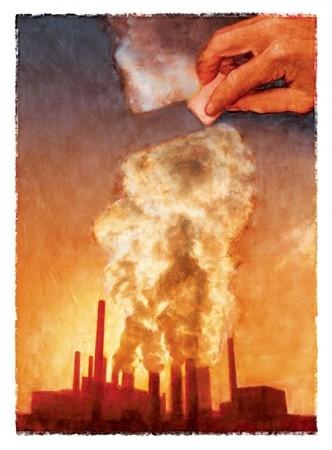
It will be backed by a fund worth NZ $200 million to finance the replacement of coal boilers and help in purchase electric or hybrid vehicles. With this, New Zealand joins 32 other countries including Japan, Canada, France and Britain that have declared a climate emergency.
The global non-governmental environmental body, Greenpeace welcomed the declaration, but challenged the government to follow through with policy and action, as it means tackling New Zealand's largest source of climate pollution: agriculture. Almost half of New Zealand's greenhouse gas emissions come from agriculture, mainly methane.












